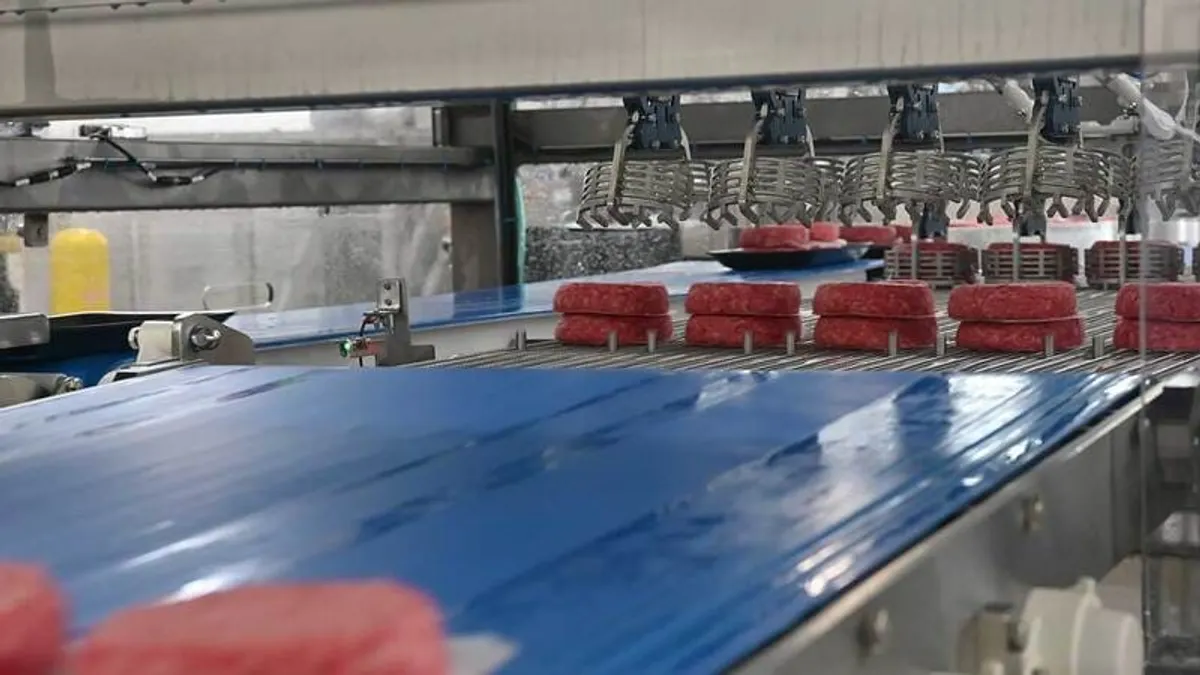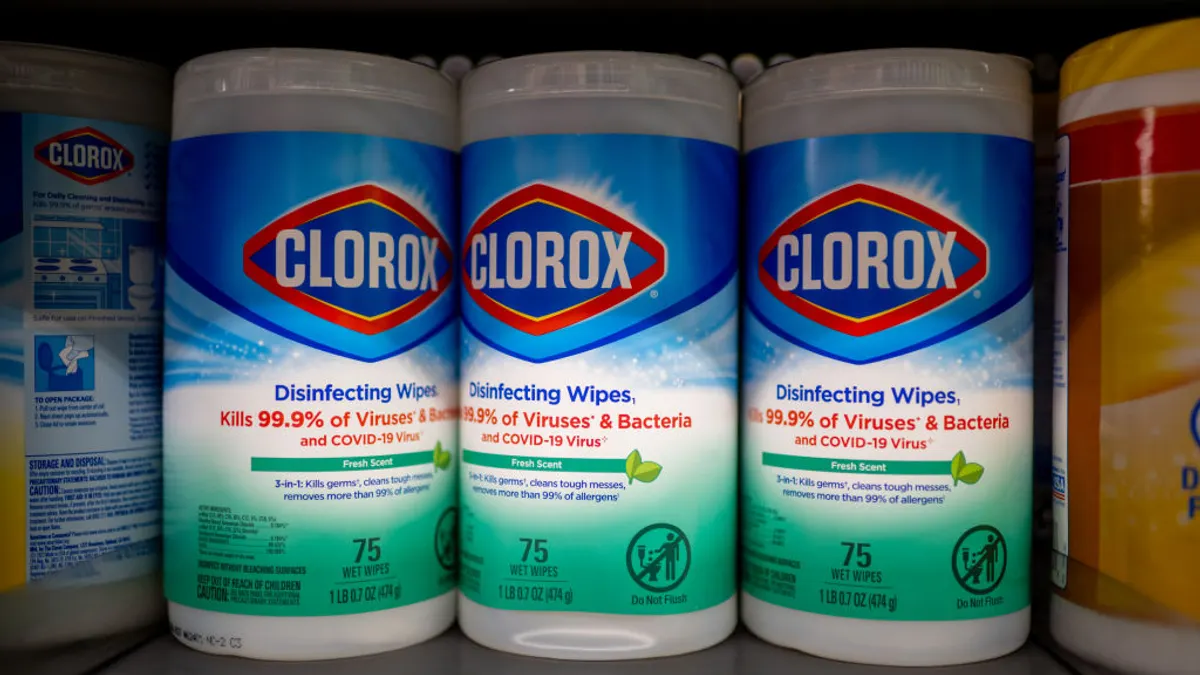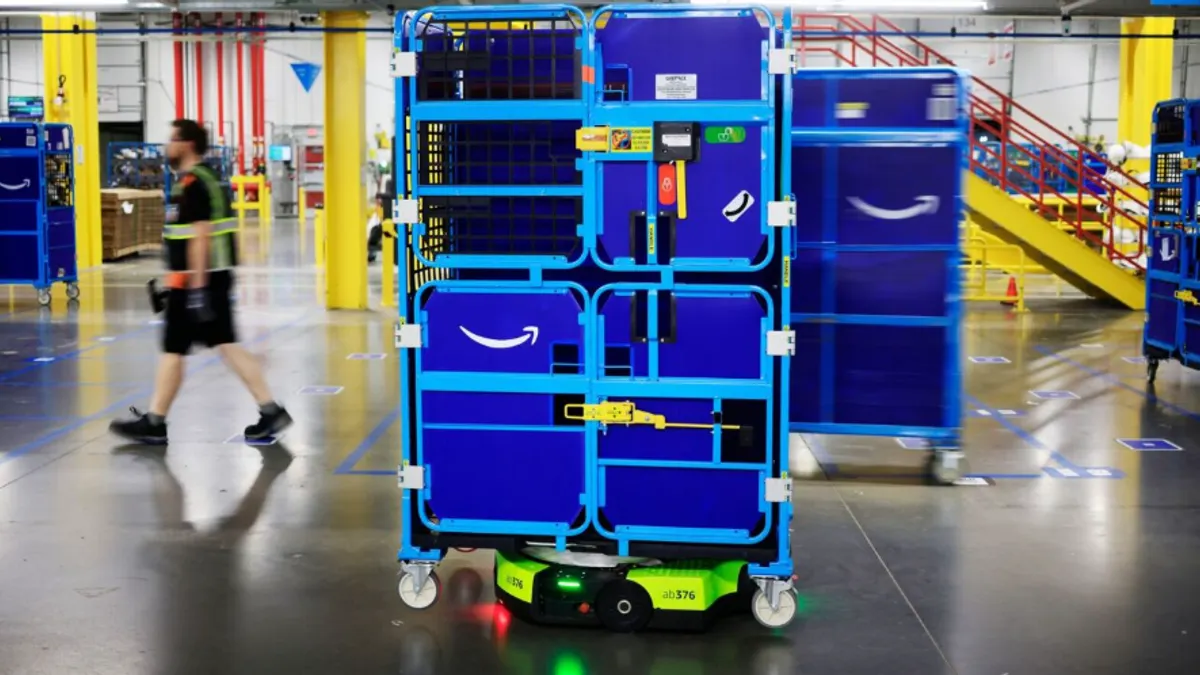UPS is rolling out several new tools in an attempt to broaden its business in the implantable medical device supply chain — a play that will require convincing device companies to move away from a sales representative delivery model.
The tools, part of a partnership with logistics companies WebOps and Baxter Planning, seek to allow better insight into surgery schedules, physician preferences and inventory management to streamline logistics planning and “final-mile” services.
The goal is to move the transport of implantable medical devices to a model where specialized fulfillment centers can coordinate delivery of surgical kits and implantable medical devices to multiple hospitals to cut down on idle inventory. But buy-in from device manufacturers appears to still be a question mark, with the existing sales representative model deeply ingrained.
UPS first announced in 2015 that it would be investing in a healthcare-compliant network of 36 cGMP-compliant field stocking locations to support implantable medical device deliveries to expand its healthcare footprint, which one company executive said is one of the company’s five core areas of focus.
David O’Leary, vice president of operations, UPS global logistics and distribution, told Healthcare Dive the goal of the distribution network was to be able to service 80% of hospitals within four hours.
"Today, in those field stocking locations, what we typically do is store these implantable medical devices for a delivery to hospitals for surgeries; it could be a one or two hour delivery for trauma surgery, or it could be a planned surgery where we are going to put it into a routed network and get it to the hospital in time," O'Leary said.
O'Leary says that while adoption of the UPS program has not yet taken off, it remains an opportunity for it to disrupt a niche area. A 2013 McKinsey study found that the supply chain accounted for 40% of overall costs of the $122 billion medical devices market.
Currently, the majority of medical device inventory sits between sales representatives and hospitals, creating what UPS characterizes as redundant inventories within local markets. UPS says that if it is successful in rolling out the model, manufacturers could see a 20-50% reduction in the amount of inventory in the field and a 10-30% reduction in expedited order requests, which will lead to savings.
Rob Cunningham, EVP at Baxter Planning Systems, told Healthcare Dive that the program holds the potential to free up valuable time for sales representatives — if it gains traction.
“[For] the surgical sales representative, their best use of time is with the surgeons in the hospitals at procedures and selling, not acting as an inventory clerk or as a logistic shipping person. That's not their forte,” Cunningham said.
Cunningham notes that while the partnership between Baxter and UPS has been up and running for over a year and a half in pilot programs, the next step is to gain buy-in from top medical device manufacturers.
"The adoption of this new program has been slow, and the key driver of that is we're impacting the sales reps, and the sales reps are the ones who drive all the top-line revenue for these companies. They are well paid, and they have significant power,” O’Leery said.
But O'Leery and Cunningham said one sizable company recently signed on in a broader capacity and moving beyond its pilot program.
Allen Archer, a system director of supply chain management and member of the Association for Health Care Resource Materials Management, told Healthcare Dive that UPS is well positioned to leverage its infrastructure, but notes that hospitals don't often maintain surgery kits themselves.
"[For] implantable medical devices, typically the supplier representative would bring them to the case. For the majority of our total knees, total hips, we're not stocking that on the shelf. We don't want to be carrying that inventory cost," Archer said. "Most usually are not owned by the hospital."
But trust is one major component that must be figured out before manufacturers or hospitals choose to disrupt their current healthcare supply chain.
"Those are relationships that I trust to bring me those things every day, and bringing in another party, I can see some some barriers to entry there," Archer said. "Ultimately the last thing we want is for a patient to show up and not to be able to care for them."
Amazon, the oft-discussed tech giant that has signaled interest in the medical device distribution space after drawing back from a plan to distribute pharmaceutical drugs, may have challenges when it comes to launching a similar program.
“Amazon [has] got a track record of doing a lot of things in a big way, so I wouldn't say they couldn't do it. But I don't think they could flip a switch because you've got to go through the FDA processes and, you know, that's its own world and in of itself, and then you've got to pass the QA audits of the customers themselves. And that's no small feat either. And that doesn't happen in three days,” Cunningham said.























